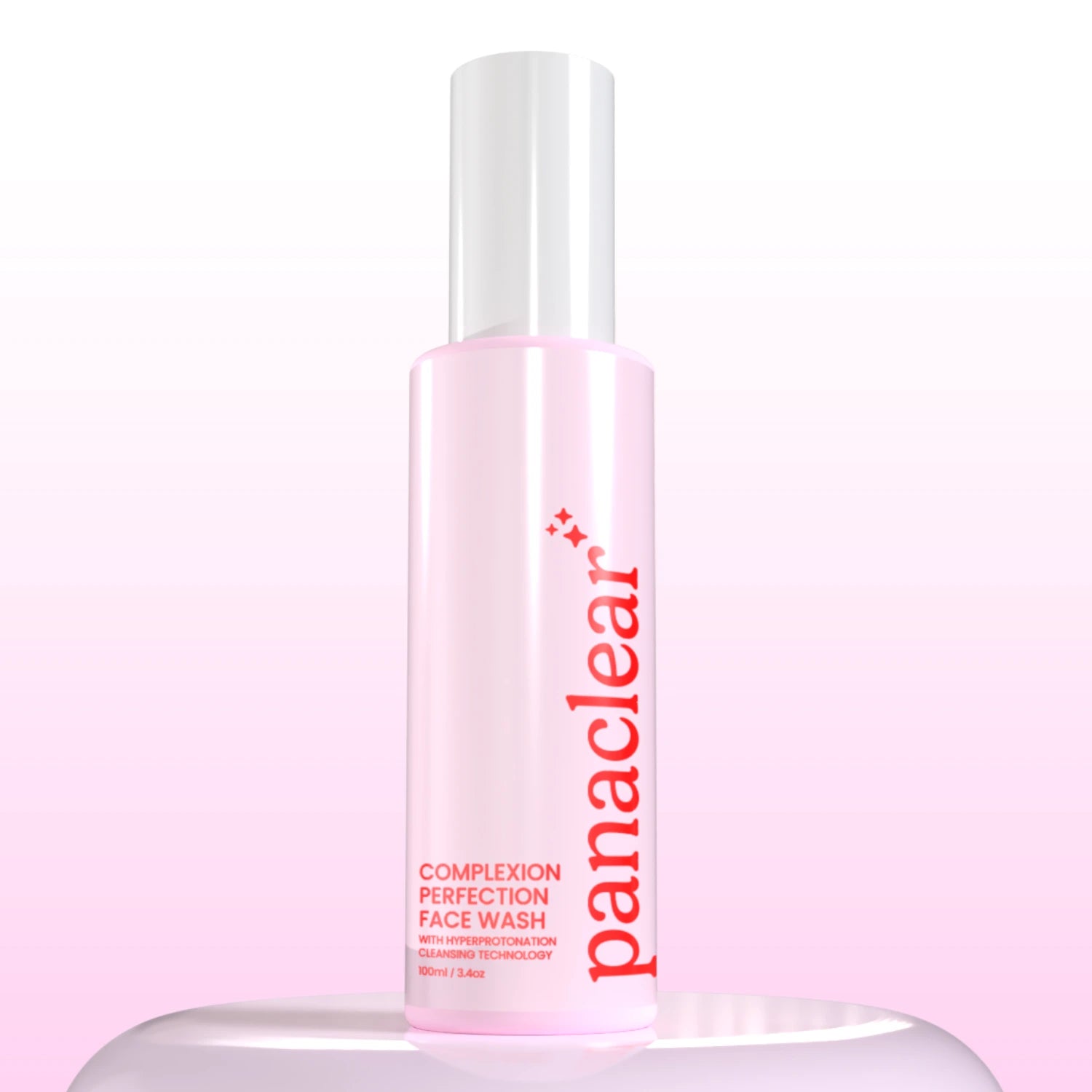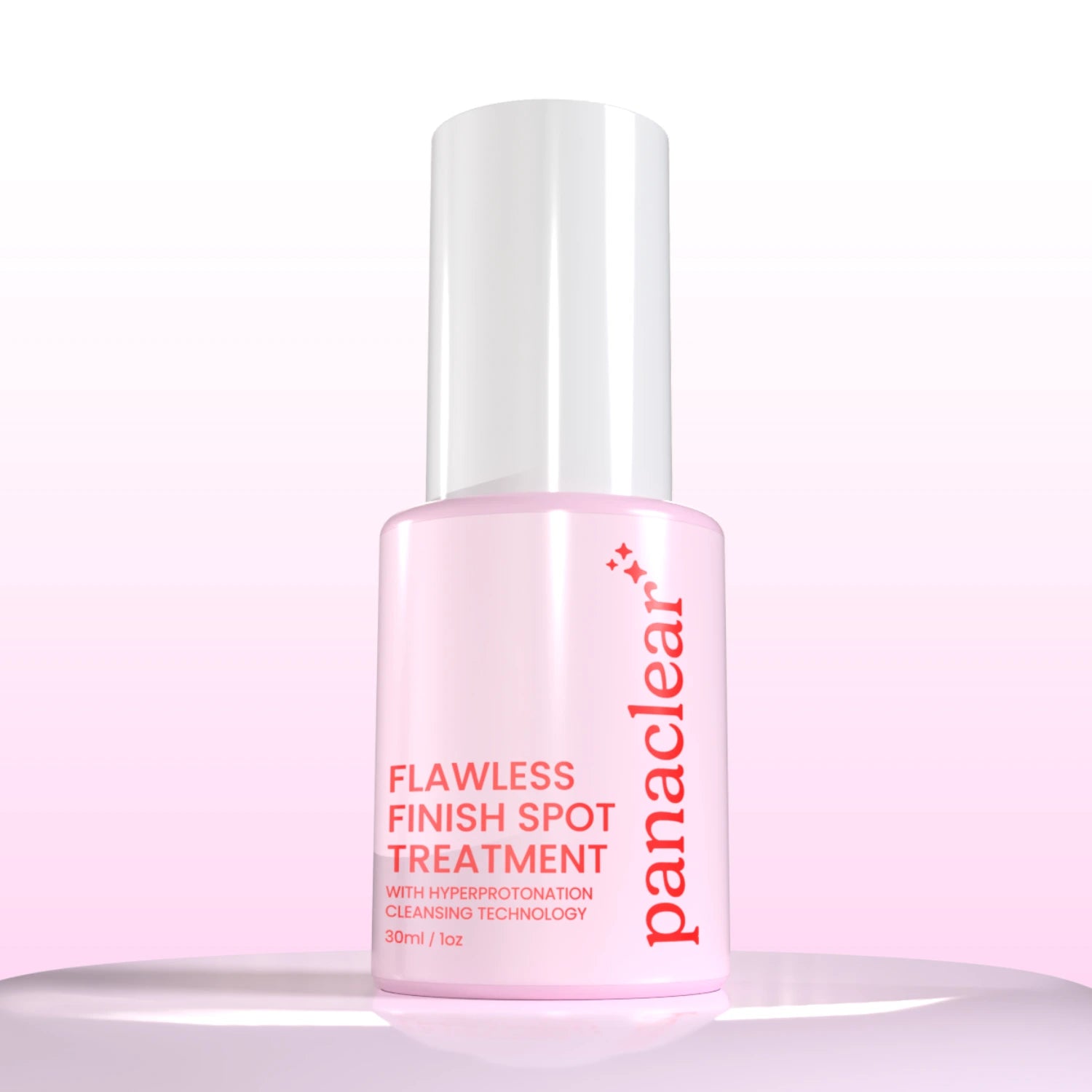Acidic Skincare Isn't Scary. It's Smart.
Here's Why We Love Acid And Your Skin Does, Too.
Low pH can mean high payoff.
“Acidic” is not the sexiest word in skincare. It sounds harsh. Aggressive. Like something that would sting if you got it too close to your eyeballs (which TBF, is accurate).
But your skin loves acid. In fact, it is acidic. And when you mess with that delicate balance, your skin doesn’t thank you. It freaks out, leaving your face feeling tight and “too clean”. Sound familiar?
Here’s why low pH is actually the best choice in skincare and why our products were developed with acidity -and your skin!- in mind.
Let’s Talk pH
pH is a scale from 0 to 14. Water is neutral at 7. Acids are anything lower, and bases are higher.
Your skin lives at a pH of around 4.5 to 5.5, which is slightly acidic. This is thank to what’s known as your acid mantle: a thin, protective film that helps:
- Lock in moisture
- Keep bacteria in check
- Maintain your skin barrier
When you wash your face with something too basic, you’re stripping your skin of its natural protection. Most conventional “squeaky clean” cleansers clock in around pH 8+.

Wait, Isn’t Acid Bad?
No. Acid doesn’t equal scary.
There’s a difference between exfoliating acids (like glycolic or salicylic) and a product that’s simply formulated to be at an acidic pH. The former are actives designed to exfoliate. The latter is just about playing nice with your skin’s natural environment and helping it thrive.
Our Complexion Perfection Face Wash is formulated at a pH of ~4.5 for that sweet, supportive acidity your skin barrier actually wants and needs.

Complexion Perfection Face Wash
pH balanced biofilm-targeting cleanser for calmer, clearer-looking skin.
SHOP NOWWon’t Acids Dry Out My Skin?
Many people associate the word “acidic” with dryness, but that is a misunderstanding. A low pH does not strip your skin. In fact, it supports your acid mantle and keeps moisture in.
When a cleanser is too basic, it disrupts that layer and leaves skin dry or irritated. When a product is too acidic, like a chemical peel that drops near pH 1.5, it can also be too strong.
Our formulas sit right in the range of your skin's natural acidity, allowing your skin to hold onto moisture instead of losing it. Your skin feels fresh, not tight. Clean, but still balanced.
Acidic doesn’t mean harsh. In our case, it means hydration-friendly, barrier-safe, and microbiome-approved.

But Don’t I Want to Cleanse Away Oils?
Not all oil needs to be removed. Your skin produces a natural oil called sebum which protects, balances, and helps your skin hold hydration. When you remove it completely, your skin responds by producing even more oil to make up for the loss.
When that happens, the skin barrier weakens, redness and irritation can increase, and bacteria proliferate easily.
The goal is not to remove oil, but to regulate it.
Why We Made Panaclear Low pH On Purpose
Low pH is better for your skin barrier, but here’s the part that makes us different: for us, a low pH is about activating something called hyperprotonation.
Panaclear is formulated with a slightly acidic pH not just because it supports your skin’s natural acidity, but because it sets the stage for something called hyperprotonation: a fancy word describing a cleansing process we invented! It helps our formulations cleanse away biofilms from your skin. You can read more about biofilms and why cleansing them from your skin is important for effective skincare here.
At low pH, the skin’s environment becomes more proton-rich, which increases the membrane permeability of biofilm communities and their extracellular polymeric substances (EPS), meaning our hyperprotonation mechanism becomes even more effective. In other words:
Low pH → more hyperprotonation action → greater biofilm cleansing → clearer skin.
Most cleansers don’t go there. We do. We invented Panaclear for this purpose! We’re here to change the terrain acne depends on to survive and destroy its protective barrier. That’s the secret to visibly clear skin.
Low pH isn’t just skincare chemistry. For us, it’s strategy. Learn more about hyperprotonation and the science behind Panaclear here.




